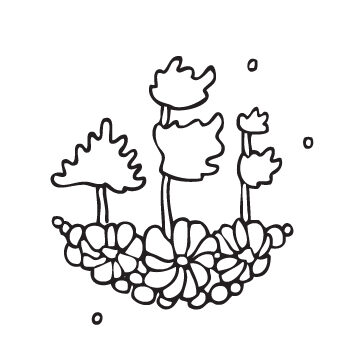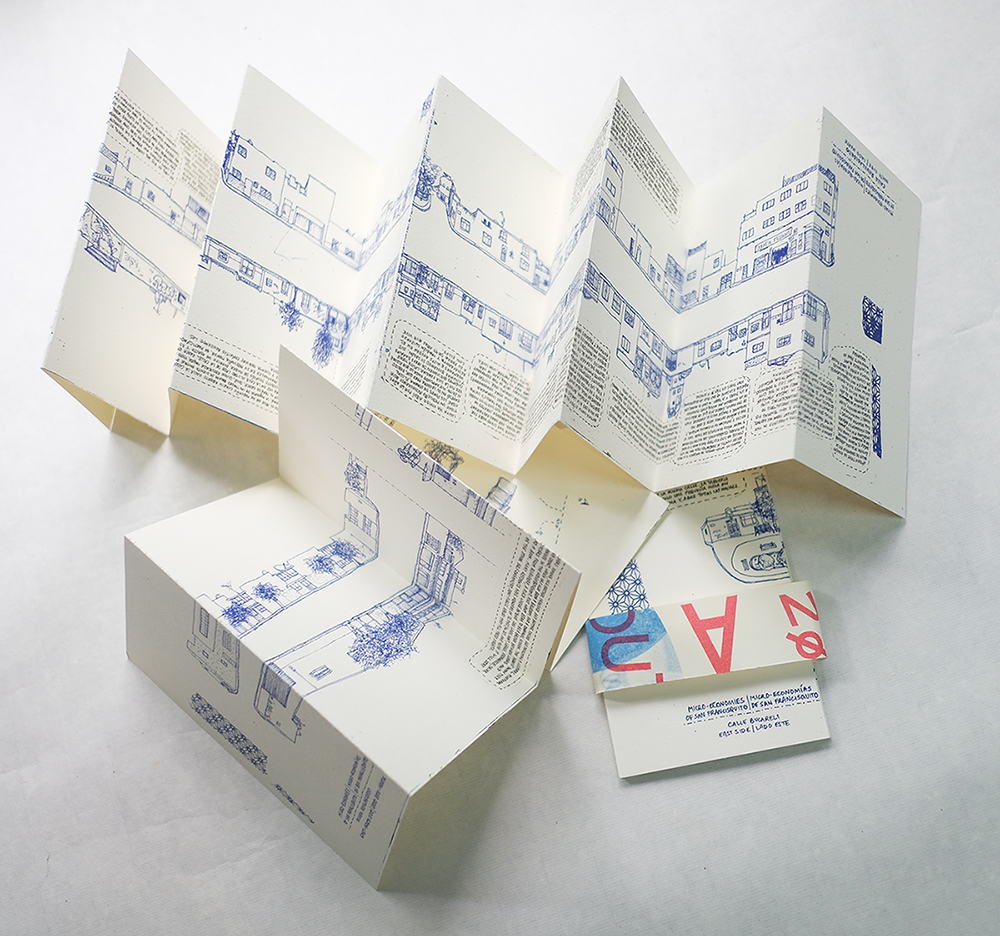112 pages, 4-colour risograph-printed & hand-bound artist book
17.8 x 12 cm
Edition of 100
Cloudship Press’s very first publication!
The Making Time project has been cooking since 2011. This artist book collects together recipes (pickles, jams, ferments etc.), jars, correspondence and other collateral generated over that time, and turns it all into labour-intensive drawing form. Made in a series of residencies at Frontyard Projects, the book was printed on The Rizzeria’s risograph stencil press in gold, black, purple and teal; then cut, folded and sewn by hand. Most of the 100 copies made have gone out into the world (currently around 15 are left).
Each copy has its own idiosyncrasies. Get in touch if you’re outside Australia and want one, we can post anywhere.
~ Read a lovely review of the book here on Mapping Edges by Alexandra Crosby ~












Tessa Zettel –
Review by Ali Crosby on Mapping Edges
This is an extraordinary artist book, and the first release by micro-publishing venture Cloudship Press. The entire book
is hand drawn by Tessa Zettel and Susie Nelson, printed at Marrickville’s Rizzeria, and sewn together with needle and thread. It is partly a documentation of a project by the same name, Making Time, that has been slowly moving around the world over several years, but the book is also a project in itself, an intervention into the way we read and write printed words, emails, and the way we share knowledge generally.
Needless to say, there is no rushing through this book, it is one to savor. Tessa opens with an essay on speculative fermentation, drawing us in with a connection Donna Haraway’s way of making as ‘becoming-with’ in Staying with the Trouble: Making Kin in the Chtulucene (2016). Her other anchoring texts are Tony Fry’s books, among them Design Futuring: Sustainability, ethics and new practice (2009).
However this book is in reality anchored by a series of relationships, documented in hand traced email exchanges. In these, it is revealed how Tessa has collected recipes for preserves, with slowness, care, and a subtle directive to share.
‘I can’t find any attachment icon on the phone gmail,’ writes Rosanna Zettel, ‘so here goes.’ And a recipe for German Sauerkraut follows. Johanna Rossi confesses that her tiny jar of Tyrnihillo is still in her fridge: ‘I am not sure why…. at this point in my life, I live like a hermit and I don’t have anyone to share it with’. There is an odd email from Tessa about posting a few jars to France that reminded me of the Feral Trade Courier.
There are tiny details like a recommendation for Sydney folk to buy pasata tomatoes from Frank’s in Haberfield and a hint from Connie Anthes to use gloves when making chili jam. And there are so many lovely drawings.
There are 100 of this edition.